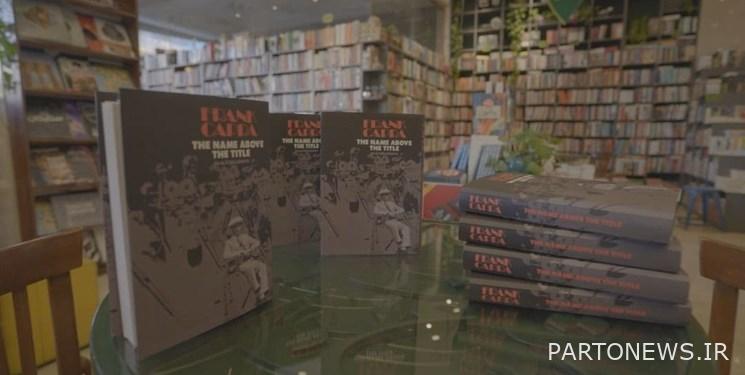Iranian cinema can not give hope to its society / The story of “Where is Capra?” It is the bitterness of Iranian cinema

According to Fars News Agency, Ruhollah Ghasemi, artistic consultant and editor of “Where is Capra?” In an interview with a Fars News Agency radio and television reporter, he pointed out that he had previously met Mehdi Ansari, the director of the “Islamic World” project, which was a short documentary series about the ordinary life of the world’s Muslims. Introduction, we worked together on the documentary “Octopus” and I was only involved in that project as an editor. Then the documentary “Where is Capra?” We looked at and worked as a different work.
“Where is Capra?” He asked. Initially defined as an archival documentary, he said: “With the revision we did, we defined another form of documentary, that is, we rewrote the script and added a two-person conversation in the cafe, which both I and the director liked.” And it was attractive to us. In fact, we wanted something to be done about promising cinema in this space.
“Where is Capra?” He considered directing and editing to be interconnected and said: “Basically, as an editor, I do not consider it a challenge to edit, and I believe that the director should edit the work in the script.” We do this in “Where is Capra?” We did it, meaning that the director is in control of everything and the editor is more careful in creating the atmosphere of each sequence and creating questions for the audience. “Where is Capra?” Is the question that the exact script raises.
“Where is Capra?” Ghasemi clarified about the basis for selecting foreign and Iranian films. Based on this story, our cinema is full of bitter films, and we have even distanced ourselves from hopeful films, ie works of sacred defense, perhaps to try to create other hopeful points that we really lack in cinema. It can be said that the only person who has worked in this field in Iranian cinema is Majid Majidi, but in world cinema there are many filmmakers who take their subjects out of deep challenges and great misery and bring them to a much higher level.
He emphasized: “Unfortunately, Iranian cinema can not give hope to its society, but puts a mirror in front of problems and constantly shows it while we can decorate ourselves and look at ourselves in front of the mirror.” It is interesting that we show such a picture of ourselves at the Cannes Film Festival in order to win more awards and inspire the world that Iran is nothing more than a desert.
Editor of “Where is Capra?” Explaining that in the past, the documentary filmmaker took a series of pictures and asked the editor to design a story using beads, he explained: We distanced ourselves from the documentation to change the situation, which means that if joint work is to be done, it must be done in collaboration with the director and the editor, so that the editor gets to work from the beginning, knows the subjects, helps the director write the script and gives ideas and spaces. Define for him.
Ghasemi added: “Where are we in” Capra? ” We have defined a tumultuous atmosphere, and the life of Frank Capra and his resistance has given spirit to this documentary. In fact, this documentary is a deconstructive, fascinating and graphic work, and if I want to be more precise, it is not made like that and it is in a different form.
“We need a lot of different perspectives on the documentary, and for that we need to have other definitions and do new things,” he said. This requires a strong script.
“Where is Capra?” “Where is Capra?” He said, adding that the documentary has a great outcry against Iranian cinema. He also took a look at Frank Capra and his work as the most promising director; The Italian-American director, who in the 1930s, when people migrated from east to west due to lack of work and the situation was terrible, created works that look at things in a positive light.
In the end, Ghasemi pointed out: “Maybe we will change the situation if we see the good side of things along with criticism.” Currently, serials made on the home theater network create a bitter and frustrating atmosphere and all point to the fact that people from the lower classes can not grow and rise.
While hopeful effects can affect people’s lives and create happiness. The difference between our cinema and the United States stems from this issue and has nothing to do with industry.
End of message / T 473
You can edit this post
Suggest this for the front page

